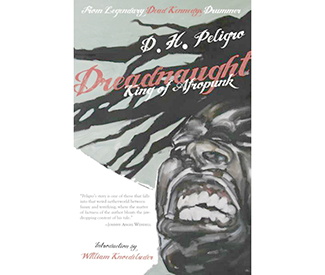In the future, humankind will get down and dirty with pixelated playmates. And that future is nearer than one might think.
A year or so from now, the Oculus Rift Virtual Reality headset and other similar devices will hit the market. For the price of an Xbox, you can slip a pair of bulky goggles around your face, pop on surround-sound headphones and find yourself in a near photo-realistic world of electronic imagination.
So far, most companies on the virtual reality bandwagon are video game developers and a handful of movie studios. Many of those developers are, of course, in Silicon Valley and San Francisco. Making a bet on the future, Oculus VR was recently acquired by Facebook for $2 billion.
“Oculus has the chance to create the most social platform ever,” Facebook CEO Mark Zuckerberg said in a press statement, predicting it will “change the way we work, play, and communicate.” Oculus VR declined to be interviewed for this article, but it goes without saying that most technological advancements, from the printed page to the Internet, have also advanced depictions of sex.
The dawn of humans showcased cave drawings of great hunts and frightening predators, but even cave paintings from the upper Paleolithic era depict erotic early homosapiens. The new virtual reality wave will be no different: there will be porn.
In fact, thanks largely to collaboration between companies in San Francisco, Silicon Valley, and Los Angeles, it’s already arrived.
LIVE NUDE POLYGONS!
Southern California is a porn hub, so it’s little surprise that Los Angeles-based SugarDVD has long leapt into digital frontiers. It’s one of the few porn purveyors with apps available for the Playstation and Xbox video game consoles.
A streaming porn app for $7.95 a month was the wave of the future two years ago, but in the fast-paced world of adult entertainment technology, it’s now as futuristic as a hand-cranked peep show. The next, ahem, “big thing” in adult entertainment is viewing pornstars in 3D video games, who you can fuck from a first-person perspective. Because why watch porn, when you can be in it?
SugarDVD is investing in this future, company spokesperson Rebecca Bolen told us. Its interactive porn is still in the planning phases.
VR headsets such as the Oculus Rift aren’t available to consumers yet, but the company quickly sold over 100,000 development kits, which are essentially early versions of the VR goggles software developers use to program games and applications. So when SugarDVD asked for volunteers to try out early versions of their VR porn offerings, there were thousands with the means to do so.
“It’s been insane, we’ve had so many people asking to be part of our beta test,” Bolen said. It’s easy to see why. Even now, solo enthusiasts have crafted early, crude, and primitive-looking sex video games for Oculus Rift. But SugarDVD’s technological efforts are on par with Hollywood movies.
The company hired two actresses and covered them in motion capture sensors. Sophisticated cameras pick up the women’s movements as they gyrate and grind. The women were then photo scanned in 3D, capturing every curve of their bodies, every nick and every scar on their skin. Video game programmers (some located in San Francisco) combined the high-resolution scans and mo-capped movements to create photorealistic virtual doppelgangers.
Welcome to the age of interactive and customizable pornstars.
Let’s call one hypothetical 3D-scanned actress “Eve.” Don’t like Eve’s blonde locks? Make her a brunette. Do you like your ladies tall? She’s now a 6’5″ Amazon. Do you like big butts, and cannot lie? Dramatize her derriere. Costumes, body shape, coloring, attitude, action — the possibilities are nearly infinite — it’s a kinkster’s dream come true. (And speaking of which, we did check with local pornographers at Kink.com, and CEO Peter Acworth told us he had no VR porn plans in the works, yet.)
But kink aside, Bolen said the most requests SugarDVD gets are for real women, ones her company’s customers dream of touching. Soon, they’ll be able to.
“There’s a lot of requests for certain porn actresses,” Bolen told us. So, real, living women’s digital bodies may soon become commodities, distributed and sought after as animatronic virtual reality playmates.
But what legal protections exist for porn actresses who become pseudo digital sex workers?
Bolen told us models sign contracts specific to virtual reality work, legally restricting the ways their animated bodies can be articulated in the digital world. SugarDVD also is committed to protecting actresses’ rights, she said, and are investing in new means of digital security.
The threat of body piracy looms. Even at this nascent stage in virtual reality, websites cater to users interested in swapping interactive porn experiences. Links to steamy smut for Oculus Rift are posted on the xxxVRsites sub-Reddit every day, mostly of women. But lest one feel there aren’t enough sexy boys in this equation, fear not. The top post on Reddit/r/OculusNSFW as of this writing is a game where the objective is to ride a lithe blue-haired anime boy named Kaito, to watch him moan and make him come.
“It’s meant to be played with, a ‘toy,’ since riding an invisible erection isn’t fun in my opinion,” the creator, ThePotatoChampion, wrote in a Reddit post. It’s a fair point.
Kaito is a digital cartoon character, but many VR experiences swapped on Reddit involve real women, digitized. Few activists we found have yet stepped into this murky realm of virtual body rights. Those we talked to were conflicted as how to react to the ownership of manipulable digital bodies. It’s conceivable that awareness of this issue will rise after virtual reality porn becomes more mainstream. That day is not far off.
CARNAL CONTROLLERS
Japanese company Illusion built an early sex-video game prototype using Oculus Rift that shook the Internet for a day. The company used a robotic arm to hold a Tenga toy (a Japanese fleshlight), which sheaths the player’s penis. As you look through the VR goggles at your virtual body, a wide-eyed 3D anime girl strokes a virtual fleshlight up your polygonal phallus with dainty hands. She giggles, as the mechanical arm jerks and strokes your actual cock in perfect synchronicity with her movements.
Stateside, sex toy companies already provide multitudes of mechanical vibrators and gizmos. Even SugarDVD has a its own robotic sex toy arsenal.
“We have almost every toy in existence,” Bolen told us. Even though its current VR porn plans don’t involve hardware, yet, it’s not impossible, she said. “It wouldn’t be very hard to implement, the technology is already there.”
And that technology is ever-evolving. Bob Dobbs runs OculusRiftPorn.com, a VR porn enthusiast blog. He believes the wave of the future is interactivity.
The most popular virtual reality porn, he said, “will be games that incorporate head and positional tracking to intensify the experience. It’s really something that (people) will have to experience for themselves.”
Dobbs had a point. We couldn’t exactly write about virtual reality without donning a pair of goggles. Luckily, Silicon Valley is just down the street.
Realer than real
Silicon Valley Virtual Reality is a meetup group led by VR enthusiasts, developers, entrepreneurs, hackers, and artists. It’s like a comic book convention geared expressly to a virtual reality crowd, only most involved are makers, not consumers.
The Guardian swung down to their meetup at the Hacker Dojo on Sept. 11. Though there was no porn, we heard there would be virtual reality demos aplenty. We were not disappointed. Save for one table stacked with pizza and copious cans of Mountain Dew, Oculus Rifts circled the room. As a nerd of the video game variety, this writer may have drooled at the sight, just a bit.
At the booth of VR company Leap Motion, an employee strapped an Oculus Rift to my face. The startup’s claim to fame is an infrared sensor that rests at the front of VR goggles, tracking hand motions and incorporating them into virtual reality. The software worked as advertised.
I held a roiling bubble of electricity in front of my nose, and my hands lit sparks as they circled its curves. The visual of mini-lightning strikes strobing my hands somehow convinced my brain that I felt heat. I yanked them away in momentary fright.
Just imagine the possibilities for touching virtual sex partners in games, I thought.
But still, this wasn’t the full VR experience, just a demo of its interactive possibilities. I needed to see a world in action. Right nearby I heard a familiar whirr — the sound of a light saber in motion.
Across the room I spotted an Oculus Rift-wearing pseudo-swordsman, miming the moves of a Jedi. I leapt over at light speed.
With the goggles strapped on, I found myself in a white space, akin to Neo’s journey into The Matrix. The Sixense employee standing near me (in the real world) told me, “turn around.” As I spun I spotted two video game controllers resembling sabre hilts, like fist-sized letter Ds. I reached out in the virtual world and grabbed them by the flat side, and to my surprise, felt them. The physical controllers in front of me were detected and replicated by the computer program. Instantly they transformed into hands, and I suddenly found myself on the deck of a sci-fi spaceship (which loosely resembled Darth Vader’s Star Destroyer). A low, circular metal shelf held six light saber hilts, looking as real as any toy replica I’ve seen. I reached out with both hands, and grabbed two.
“Whirrrr.” A button press caused blades of light to spring from the hilts, recalling Obi-Wan’s fondness of “an elegant weapon for a more civilized age.” I smiled. When a familiar spherical robot swung into my view, I smiled wider.
The bot blasted me from above, and I instinctively swung my arm to deflect the lasers. I swung again, and again, as the short red lasers bursted by. In the real world I looked like a moron, flinging my arms wildly while wielding toys. In the world of the Oculus Rift, I was a Jedi knight, swords sizzling with heat I swear I could feel on my face.
The barrage of lasers zoomed by my head with depth as real as life. When the spherical bot swooped too close, I swung my blue and green lightsabers, criss crossing into its equator from both sides. I felt the sabres shudder as they scissored through it, and a shower of sparks nearly singed my pixelated hair. I was sweating and panting, exhilarated.
It wasn’t sex, but it wasn’t far off. And the point was made: If the Oculus Rift could convince me I was Luke Skywalker, I could easily imagine the potency of a virtual Jenna Jameson.
Suddenly, my demo was over. As I pulled the goggles from my face, it felt like peeling a dream away from my eyes. Reality was jarring.
My head swirled with questions, suddenly more convinced of the tide change virtual reality could bring for sex, for relationships, even, if you’ll pardon the melodrama, the human condition.
The gathered virtual reality enthusiasts were clearly passionate to change the world, and to democratize this new technology. It would not be fair to say they weren’t considerate, social thinkers. But though they deftly discussed shared hub worlds, controller latency, and haptic feedback, my questions about virtual reality’s wide-ranging effects on human carnal interaction caused many furrowed brows, brush offs, and shrugs of indifference.
Eventually I found one person who shared my concerns, who preferred not to be named because she works in the community. Coincidentally or not, she was also one of the few women at the meetup. “These guys easily talk about every aspect of the technology,” she told me, “but it’s much harder for them to talk about people.”
So it goes. From cell phones to the Internet, we’ve lept first, and reached for answers later. And soon we’ll do the same for this new virtual world, where fantasies from Star Wars to sex are rendered real.


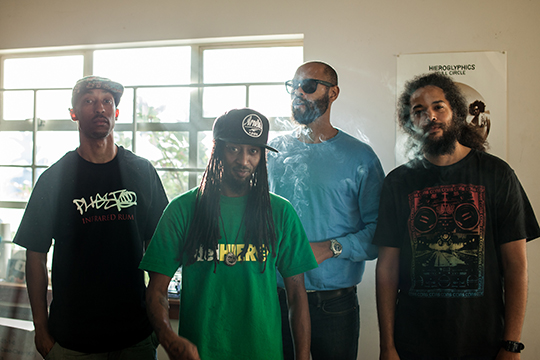

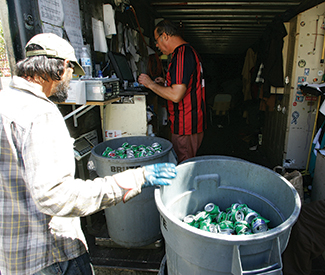

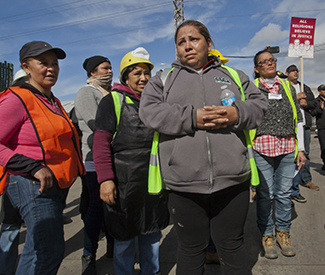

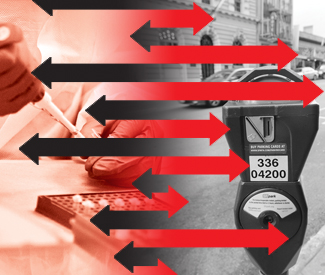

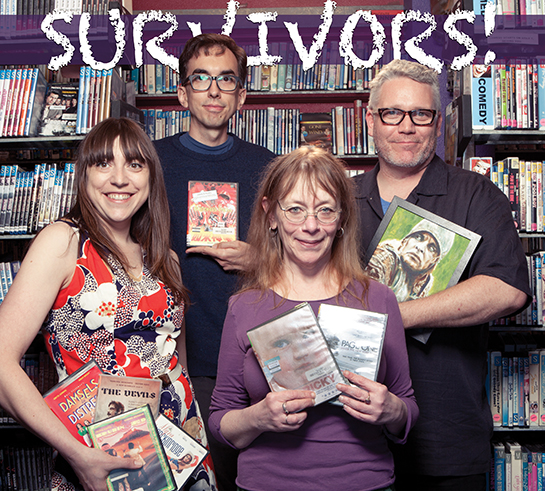



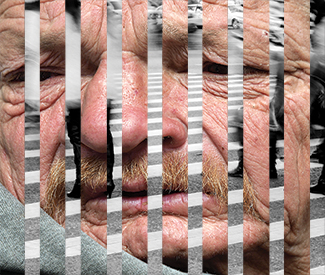
















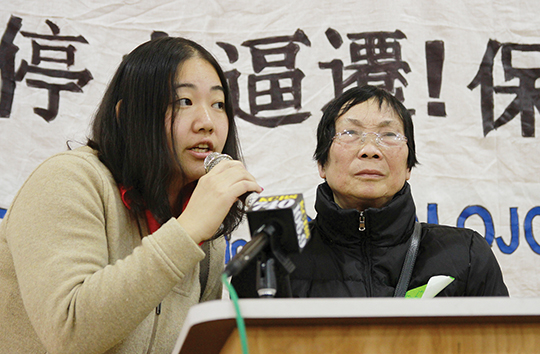






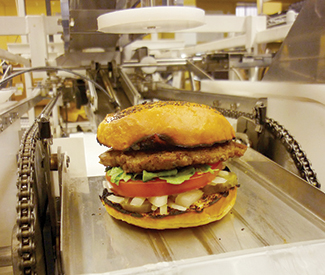
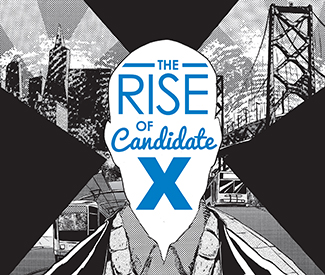

 A mysterious, masked figure calling himself or herself (nobody is quite sure) Candidate X used social media on New Year’s Day to announce bold plans to “disrupt the streets of San Francisco,” calling for vaguely defined meet-ups at a dozen key spots around the city on the morning of Jan. 3.
A mysterious, masked figure calling himself or herself (nobody is quite sure) Candidate X used social media on New Year’s Day to announce bold plans to “disrupt the streets of San Francisco,” calling for vaguely defined meet-ups at a dozen key spots around the city on the morning of Jan. 3.
 The source cited internal polling indicating the Mayor Lee’s approval rating holding steady at more than 70 percent and unaffected by the last three months’ worth of headline-grabbing antics by Candidate X and his or her campaign. The polls also found the public is turned off by the candidate’s mask and secret identity.
The source cited internal polling indicating the Mayor Lee’s approval rating holding steady at more than 70 percent and unaffected by the last three months’ worth of headline-grabbing antics by Candidate X and his or her campaign. The polls also found the public is turned off by the candidate’s mask and secret identity.











